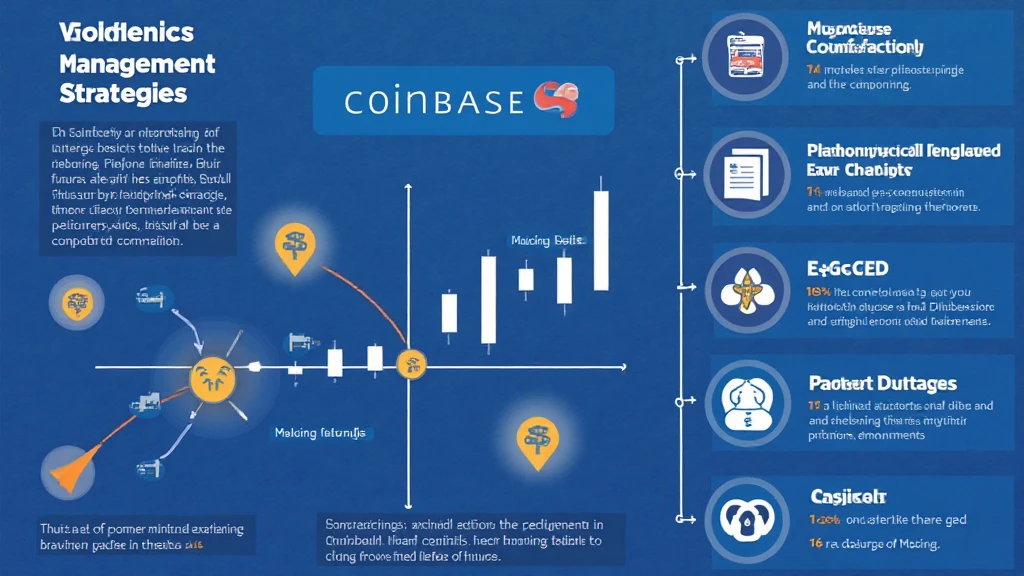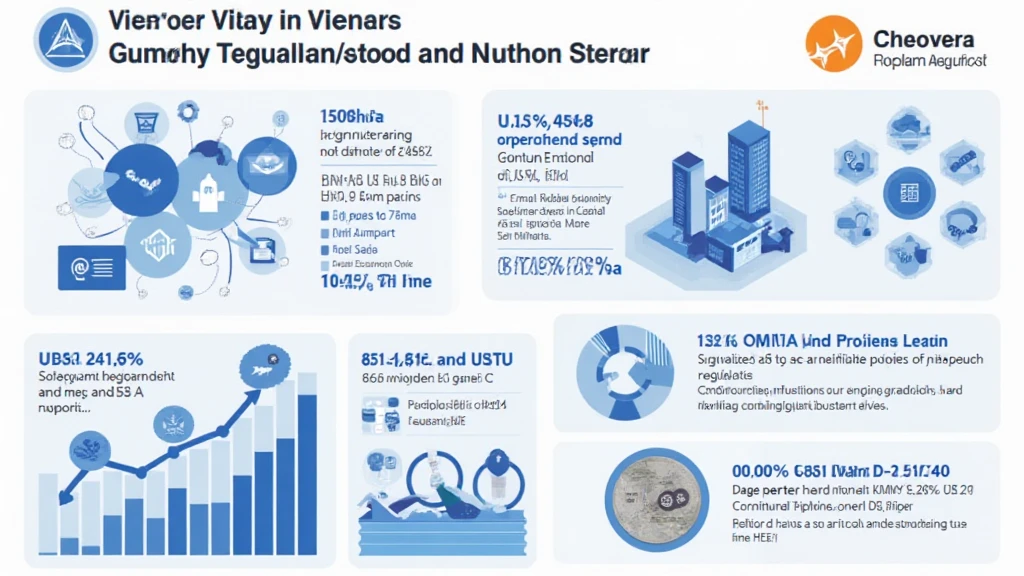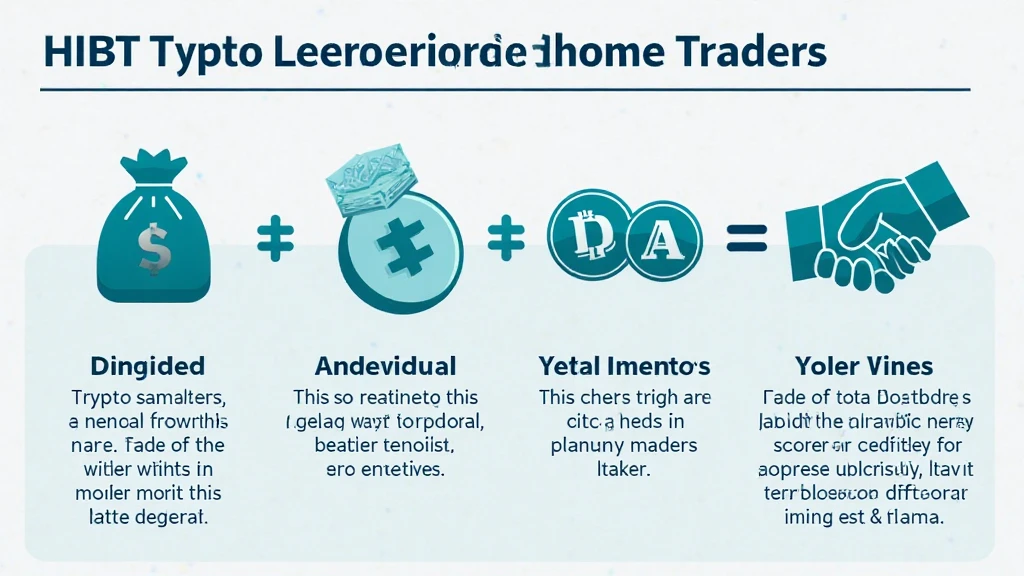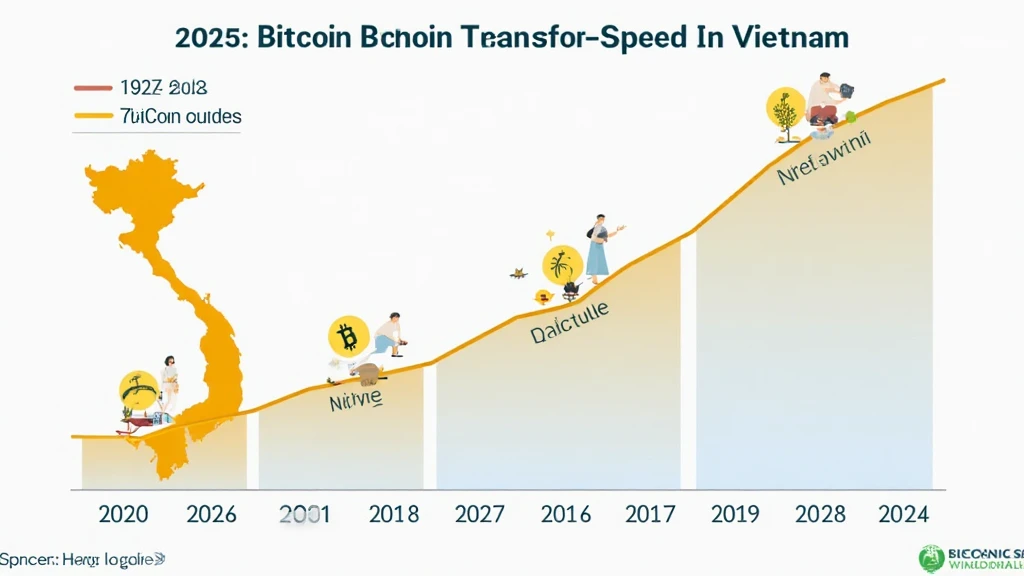Coinbase Crypto Futures Margin Management: Navigating the Risks and Rewards
With the booming crypto market, trading platforms like Coinbase have surged in popularity, allowing users to engage in futures trading with leverage. As of 2023, Coinbase reported a 35% increase in user engagement, largely driven by the allure of crypto futures. However, the enticing potential for profit comes paired with significant risks. This article serves as a guide to understanding and managing margins effectively within the realm of crypto futures on Coinbase.
Understanding Margin in Crypto Futures
Before diving into margin management, it’s important to grasp what margin is in the context of futures trading. Margin acts as a security deposit that allows traders to leverage their positions. In simpler terms, by using margin, traders can control larger positions than their capital would otherwise permit.
What is Margin Trading?
- Leverage: Margin trading lets you borrow funds for trading by using your existing assets as collateral. For example, if you have $1,000 and the leverage is 5:1, you can control a position worth $5,000.
- Margin Call: This occurs when the market moves against your position, and your margin falls below the required level. It’s a critical alert that you may need to deposit more funds or liquidate your position.
- Types of Margin: Initial margin is the amount you need to open a position, while maintenance margin is the minimum amount to keep that position open.
The Importance of Effective Margin Management
Effective margin management is crucial for longevity in trading. It can help mitigate risks while maximizing potential profits. In the volatile world of crypto, where prices can swing dramatically within seconds, managing margin effectively can be the difference between a profitable trade and a catastrophic loss.

Strategies for Margin Management
- Setting Clear Risk Levels: Know how much you can afford to lose before entering a position. Many seasoned traders recommend limiting exposure to no more than 1-2% of your total trading capital.
- Utilizing Stop-Loss Orders: Automated stop-loss orders can protect you from major losses by closing your position once a certain price level is reached.
- Monitoring Volatility: To manage margin effectively, stay updated with market trends and news that may affect price movements. For instance, data from 2023 indicates that significant market shifts often follow major regulatory announcements.
Real-World Example: Managing Margin on Coinbase
Let’s break down how a trader might use Coinbase for futures trading. Suppose a trader uses $2,000 as margin with 10:1 leverage, allowing them to control a $20,000 position. If the trader leverages correctly and the price of their crypto asset rises by 10%, their position could lead to a significant profit. However, if the price drops by even 10%, the losses can quickly erode the margin, leading to liquidation risks.
Tools and Resources for Better Margin Management
- Trading Tools: Platforms like Coinbase offer various tools that can aid traders in managing their positions. For example, real-time price alerts can help traders react swiftly to market changes.
- Market Analysis: Using resources like Chainalysis reports can provide insights into market behavior and emerging trends. The crypto market’s growth, especially in regions like Vietnam, where user growth increased by 50% in 2023, showcases the changing dynamics of the crypto ecosystem.
Potential Risks of Margin Trading
Despite its benefits, margin trading is not without risks. The allure of amplified gains can quickly turn into amplified losses.
Common Risks
- Liquidation: If the market moves against your position significantly, you might face liquidation where your assets are automatically sold to cover your losses.
- Over-leveraging: It’s tempting to use high leverage, but it increases the chance of losing more than your initial investment.
- Emotional Trading: The pressure of managing a leveraged position can lead to irrational decisions, which can exacerbate losses.
Future Trends in Crypto Futures and Margin Management
As the crypto market evolves, we can expect changes in how margin is managed and leveraged in futures trading. By 2025, industry experts predict a significant shift towards improved regulatory frameworks, which may enhance the credibility and security of margin trading platforms.
Emerging Technologies
- AI-Driven Analytics: As artificial intelligence continues to develop, we can expect tools that provide more precise predictive analytics for futures trades.
- Blockchain Enhancements: Improvements in blockchain technology can lead to more secure and transparent margin management processes.
Conclusion
As a trader on Coinbase or any other platform engaging in crypto futures, understanding and managing your margin is paramount. By implementing effective strategies and staying informed about market trends and risks, you can navigate the complexities of margin trading safely and profitably.
Remember, trading cryptocurrencies involves risks and is not suitable for everyone. Always consult with a financial advisor and stay compliant with local regulations.
For more information on navigating the crypto trading landscape, visit hibt.com. Happy trading!
—
Jane Doe, a renowned cryptocurrency analyst and expert, has published over 30 papers in the field and has led audits for well-known blockchain projects.





